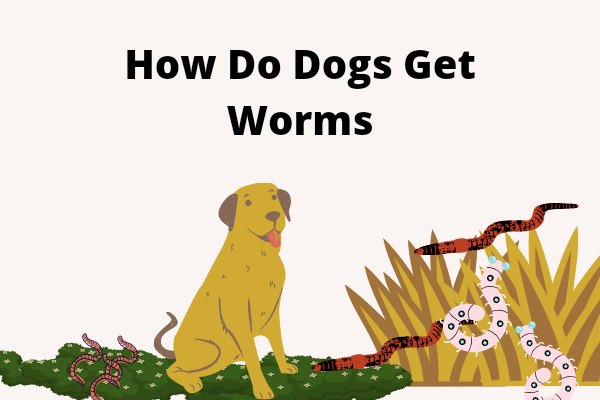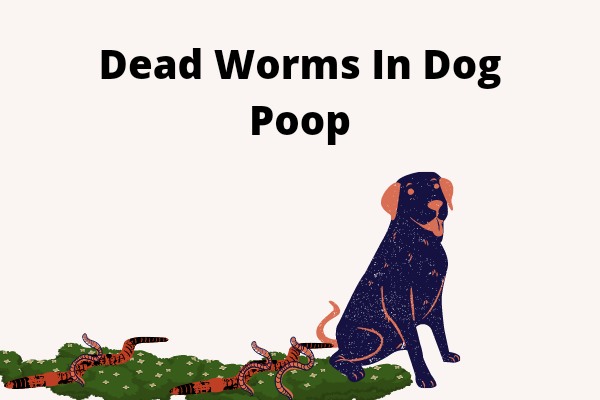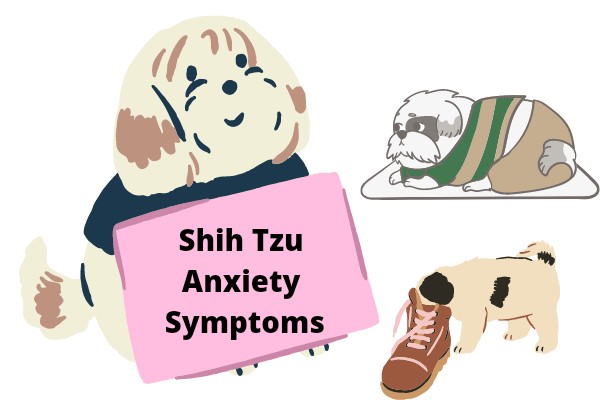8 Most Common Pug Sick Symptoms You Should Know

Pug sick symptoms are always clear for the owner to see, this might be due to the size or nature.
In this post, we will outline and discuss some of the most common pug sick symptoms every pug owner should look out for.
We’ll also go through what each symptom indicates and the illnesses that may be related to them.
Always take your Pug to the doctor if you notice any of these symptoms, and never self-medicate your Pug.
Pug sick symptoms
Coughing, lethargy, shivering, dry or itchy skin, repeated digestive disturbances, or changes in bowel motions are the most prevalent ill symptoms in pugs.
Here are all the frequent pug sick symptoms to keep an eye out for, as well as the potential health risks that each symptom may indicate:
1. Itchy skin and lashes
Patches, little flaky patches, or acne-like red lumps emerge suddenly on the skin and lashes of a pug, indicating irritation.
A bothersome, annoying sensation that causes your pug to scratch is also known to be like this. Your pug’s body might be harmed in any way.
Itchy skin is one of the most common health problems in pugs, and it can be caused by a number of things.
So, what may be causing your pug to scratch or scrape his skin?
Causes itchy skin in pugs:
- Insect bites and hives
- Parasite infestations
- Skin Fold Dermatitis
- Allergies
- Scabies
- Side effects of medication
Here are 10 signs your pug is dying.
2. Collapsing or difficult breathing
Acute collapse occurs when your pug loses strength, causing it to tumble and become immobile.
Some pugs will lose consciousness after falling, while others will recover quickly and appear normal within seconds to minutes.
Others, on the other hand, remain in a near-death state until they are rescued. Pugs can have difficulty breathing due to the shape of their nose.
Every element that contributes to fainting or collapsing is important and should not be overlooked.
Causes of difficult breathing and collapsing in pugs:
- Obesity
- Heatstroke
- Stress
- Heart failure
- Allergic Reaction
- Laryngeal paralysis
- Lung disease
3. Diarrhea
As the blood in a pug’s feces is digested, it may seem opaque, black, and sluggish.
Pugs are prone to diarrhea, and fresh blood in their stools indicates colon or rectum bleeding.
Hematuria is the presence of red blood cells in the urine. It might be easily visible to the naked eye or absolutely undetectable to the naked eye.
Urinary stones, bacterial infections, and malignant tumors are all possibilities.
Schedule an appointment with a veterinarian as soon as possible if your pug develops bloody diarrhea.
Causes of diarrhea in pugs:
- Hookworms
- Change in diet
- Roundworms
- Whipworms
- Bacterial infections
4. Shivering
Persistent shaking is one of the most common pug ill symptoms, and it’s easy to fix.
Pugs can shiver or tremble as a result of stress, poisonous intake, frigid temperatures, seizures, and other circumstances.
Shaking is a normal reaction to some behavioral and environmental events, but it may also be a warning sign in other illnesses.
Causes of pug shivering:
- Cold
- Old age
- Toxic ingestion
- Seizures
- Generalized tremor syndrome
- Stress or Separation anxiety
Here is a complete article on why pugs shake.
5. Bloating (GDV)
GDV (gastric dilation-volvulus) in pugs is a dangerous ailment that can be deadly if not addressed.
When a pug’s stomach fills up with gas or fluids and spins, this is known as GDV.
Pug stomach enlargement, also known as abdominal distention, happens when a pug’s stomach seems bigger in some locations than it actually is.
GDV has the ability to strike at any time and without warning.
It’s always a problem, and it’s one of the most prevalent maladies among pugs.
Causes of the bloated stomach in pugs:
- Intestinal Lymphoma
- Intestinal Parasites
- Urinary Problems
- Presence of air in the stomach
- Cancer of the Spleen
- Bacteria infection.
6. Vomiting
Vomiting might indicate a serious or even life-threatening medical condition that needs quick medical treatment and a diagnosis from a veterinarian.
When the contents of the stomach and upper intestines are driven out, vomiting can occur in most dogs.
Pug sick symptoms can be characterized by excessive vomiting on a regular basis.
You should take your pug to the veterinarian if he vomits more than once a day, without a break, or for more than 12 hours.
Causes of vomiting in pugs:
- Worms
- Viral infections
- Changes in diet
- Intestinal inflammation
- Acute kidney failure
- Acute liver failure
- Intestinal parasites
- Bacterial infections
- Pancreatitis
7. Loss of appetite
Anorexia nervosa is a condition in which a pug’s appetite is lost and he or she is unable or unwilling to eat.
Appetite loss in pugs and other dogs can be caused by a variety of diseases, and it’s typically the first indicator of something more serious.
It is possible that a pug’s lack of appetite will be harmful to his or her health if it lasts longer than 24 hours.
It’s crucial to keep in mind that most pug puppies lose their appetite before they get eight months old; this isn’t always a symptom of illness.
Causes of loss of appetite in pugs:
- Stress
- loose tooth
- Oral tumor
- Kidney failure
- Liver problems
- Dental disease
- Infections
- Changes in diet
8. Frequent lethargy
Lethargy in pugs manifests itself as sluggishness, weakness, or dullness, and it’s easy to see.
Lethargic pugs may refuse to go for a walk, play, or eat, despite the fact that it is one of their favorite pastimes.
Pay notice to your pug’s lethargy, whether total or partial and take him to the doctor.
Pugs who are sedentary prefer to sit and lie down and do not respond to your calls.
Causes of Lethargy in pugs:
- Advanced heart disease
- Metabolic disorders
- Dehydration
- Diabetes
- Obesity



![Why Does My Beagle Shake [8 Reasons & Tips] Why Does My Beagle Shake](https://petcreeks.com/wp-content/uploads/2021/04/dog-5206460_640.jpg)


![Ear Infections in Dogs [Signs, Causes & More] Ear Infections in Dogs](https://petcreeks.com/wp-content/uploads/2023/09/pexels-mikhail-nilov-7470755.jpg)